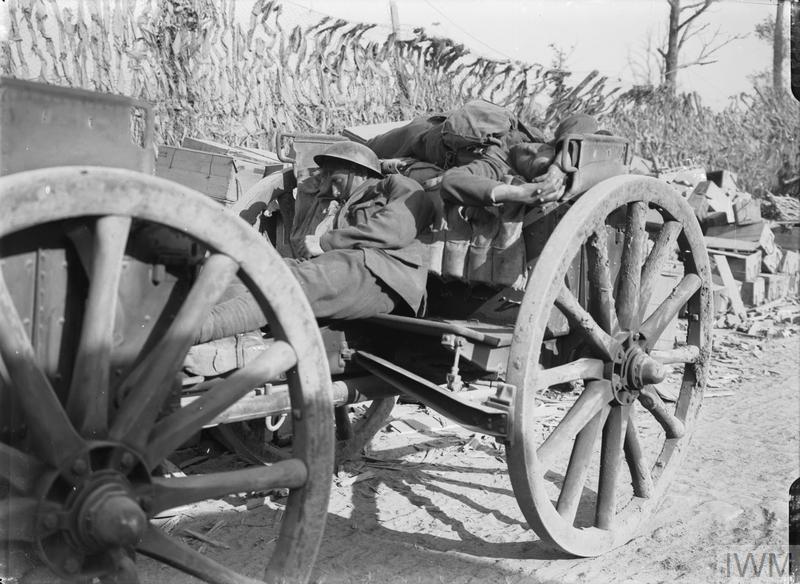Lancelot Tudsbery
Lancelot Tudsbery was born on 14th February 1898. His father was John Henry Tudsbery DSc, of Westminster, and his mother was Ruberta Emeline, daughter of John McMurdo Cannon, of Rock Ferry, Cheshire. His brother Marmaduke Tudsbery had spent a brief time in Ashburnham for between 1907 and 1908, and their family home was 100 St George’s Square, SW.
Lancelot arrived at the school in September 1910 and studied on the Classical side. He represented Ashburnham in the OTC, being promoted to Corporal in Lent 1915. During the athletics season in Election 1916 he won the Hammer Throwing with a distance of 1,87ft, and “owed his success to his strength”. He was on the Town Boys’ Tug of War team vs. the King’s Scholars and is recorded as weighing 12st 0 lbs.
In Lent 1916, the Ashburnham House Ledger records “Tudsbery, L. has managed to pass an examination, we know not what, but the mere passing is sufficient glory without its name. He also went through touching farewells to us twice, but each time reappeared.” This exam was apparently the Civil Engineers’ Exam and The Elizabethan wryly congratulates him “on his success in deceiving the examiners”. He was a student of the Institute of Civil Engineers from 4th of April 1916, and he did actually leave the school in July 1916.
On the 13th January 1917, Lancelot joined the Royal Field Artillery (Special Reserve) as a 2nd Lieutenant, and went out to the western front on 30th March 1917. He was part of the ‘B’ Battery, 70th Brigade RFA, which was, at this time, a six-gun battery. His Brigade saw action at the First and Second Battles of the Scarpe (including the capture of Guemappe during the Arras Offensive). They went on to Flanders, where they were in action at the Battle of Pilckem (31 July-2 Aug) and the Battle of Langemarck in August 1917.
Lancelot was killed in action at the age of 19 near Ypres on the 22nd August 1917. He is buried at Brandhoek New Military Cemetery No. 3.




